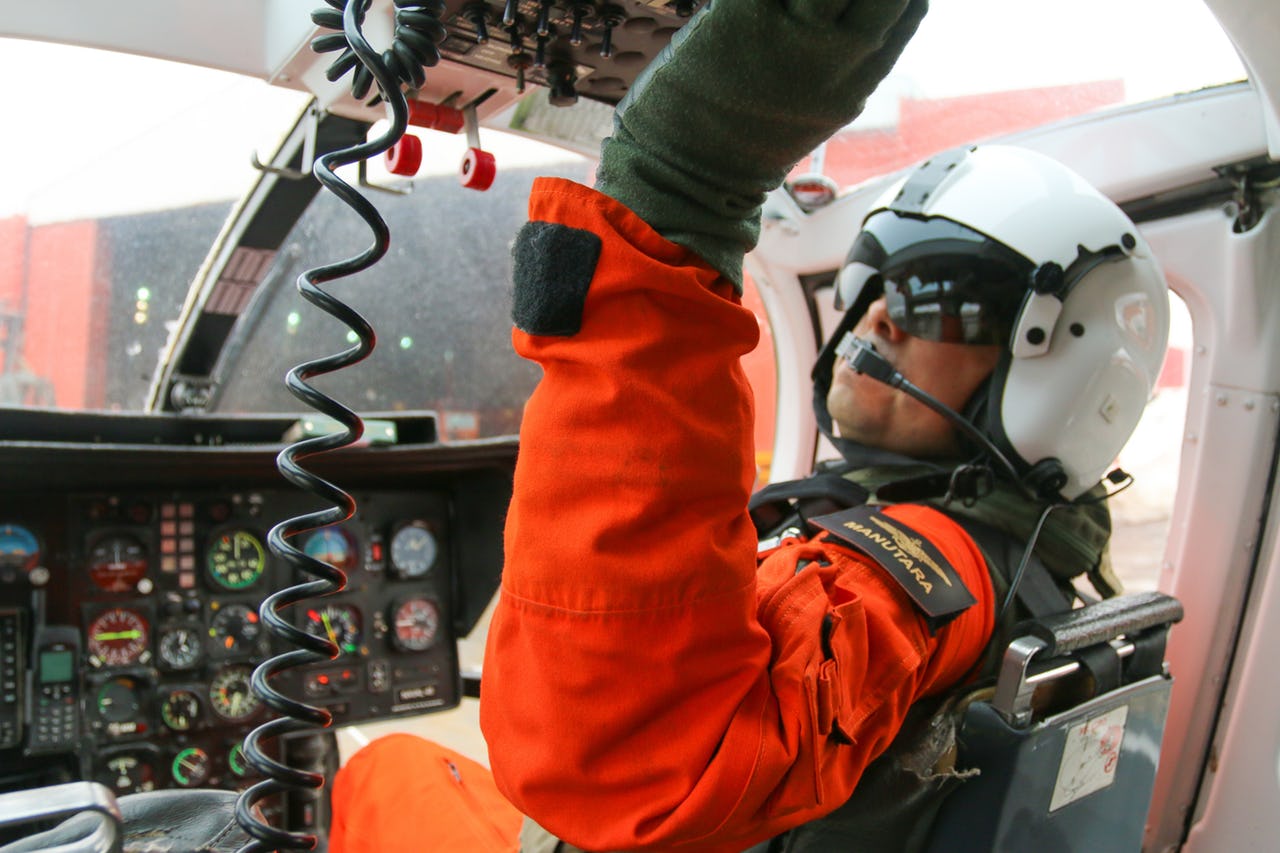IMO in the Polar Environment: Search and Rescue

Pilot from the Chilean Navy base at Bahia Fildes in Antarctica. Photo: Karine Langlois
Following the launch of IMO’s film on the IMO Polar Code, a new video focused on search and rescue in polar regions is being published today. A first video explaining the Polar Code was published in May 2017 and can be re-watched here.
The second in a series on the International Maritime Organization (IMO) in the polar environment, this video, takes a closer look at the challenges of search and rescue operations in polar regions, for example, how the current lack of marine infrastructure, coupled with the vastness and harshness of the environment, makes emergency response significantly more difficult in the Arctic and Antarctica. The limitations of radio and satellite communications to monitor and control ship movements in in polar waters is another issue. The new video also explores IMO’s International Convention on Maritime Search and Rescue – the SAR Convention – which was adopted by IMO in 1979. Under the SAR Convention, individual countries are responsible for specified search and rescue regions, together forming the Global Search and Rescue Plan. A network of rescue co-ordination centers and sub-centers has been established and, together, they cover all the world’s oceans.
The video also features an exclusive interview with Commander Rodrigo Lepe, former Chief of the Chilean Navy base at Bahia Fildes on King George Island in Antarctica. The interview highlights the unique challenges he and his team face to ensure sound search and rescue practices in such a remote and inhospitable area.